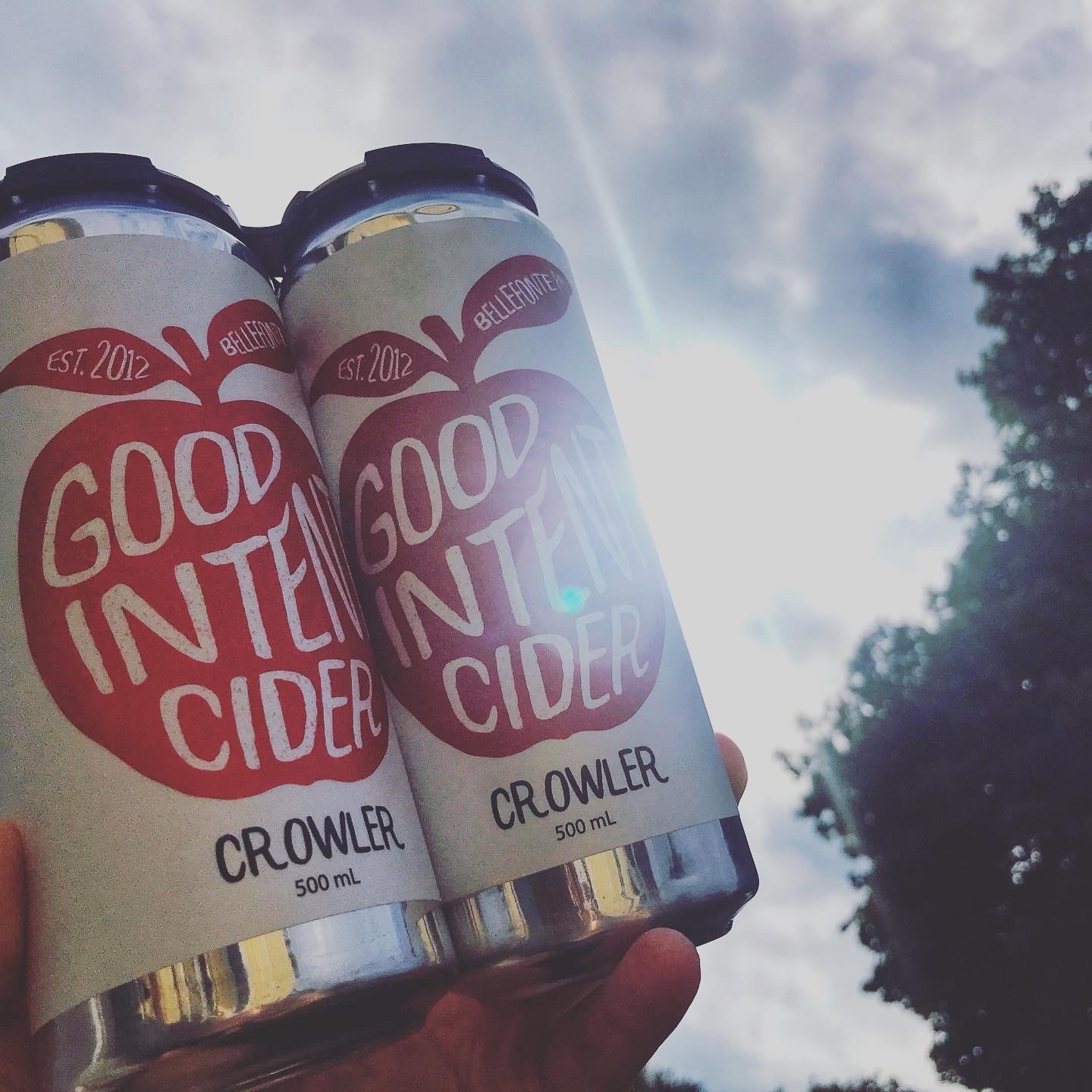
One of the most exciting things about hard cider is the amazing range of styles within the category. That so many aromas, flavors, textures and colors can come from a relatively small number of ingredients is such a special and unique part of the cider.
However, with so many styles out there, it becomes really important that there is a shared vocabulary that we all can use to discuss ciders. Cider education can only fully help the industry when it’s built on a foundation of standardized and widely understood info. For example, it can be confusing when cider terms like “dry” and “tannic” are used in dramatically different ways by different parties.
Here, we will lay out some simple, consistent language around the most common cider styles to serve as a resource to help our community get on the same page when talking about cider products. In this installment of our Style Guide series, we’ll be looking at the category of Modern Cider, both sweet and dry.
To establish the baseline definitions, we’ll be using the American Cider Association’s Style Guidelines, as well as its Cider Lexicon Project, an evolving primer that seeks to “improve and unify the language of cider in the United States.” The goal of the project is to make it easier for a consumer to find a cider they like.
“Modern cider” is defined by the ACA as:
“Made primarily from culinary/table apples. Compared to other standard styles, these
ciders are generally lower in tannins, higher in acidity, and their flavor is bright and refreshing.”
Apples commonly used in modern ciders include Golden Delicious, Jonagold, Granny Smith, Gala and Fuji.
More common characteristics of modern ciders:
- Apple-forward aromas and flavors
- Medium-to-high acidity, not harsh or biting
- Often fermented in stainless steel (versus barrels)
- Typically pale to yellow in color, ranging from brilliant to hazy, depending on production techniques and intention
- Sometimes made with juice that isn’t pressed on site (as at urban cideries)
- Easy-drinking and “sessionable” with 4-7% ABV
- Frequently (but not always) packaged in cans in 4- or 6-packs.
A common misconception of modern ciders is that they are all sweet, but this is certainly not the case. Modern ciders can range from fully sweet to totally dry.
To show some examples of Pennsylvania modern ciders, take a look at the winners in the category from the 2021 PA Cider Competition.
2021 Modern Dry
- 1st Place: Good Intent Cider, Adam’s Apple
- 2nd Place: Wyndridge Cider, Greenspy
- 3rd Place: Ploughman Cider, Arkansas Black
2021 Modern Sweet
- 1st Place: Brother Monk Ciderworks, Chesapeake Divide Cider
- 2nd Place: Lancaster County Cider, Sweet
- 3rd Place: Five Maidens Cider Company, Semi-Sweet
Modern ciders are often a good gateway for those new to cider in general. Their pleasant flavor, often juicy mouthfeel and versatility make them a friendly entry point. One of the best things about modern ciders is how versatile they are with food, and how crowd-pleasing they are. From pizza night to tailgates to pool parties, modern ciders belong at all kinds of meals and gatherings!
Other great food pairing suggestions for modern ciders are: soft, creamy cheese, like burrata and brie; not-spicy, meat-y main dishes, like pork chops, roast chicken and fried fish; brunch foods, like quiche, shakshuka, roasted potatoes and bacon; picnic foods, like BLT sandwiches, pasta salad and chips.
As far as where to find them, many PA cideries, as well beer distributors and retailers, offer at least a few modern ciders. Price-wise, modern ciders are typically in line with beer pricing, with most 4- or 6-packs priced at between $12 and $25. We’ve seen more and more bars dedicating at least one draft line to modern cider, which is great news! If your local bar doesn’t offer cider on draft, let them know how much you’d love to see that offering there.
We hope this has been a helpful explanation of the category of modern cider. Stay tuned for more style guides, coming soon to the blog! For more information on the Pennsylvania Cider Guild, or to join us as a member, visit our website, follow along on Instagram and Facebook and subscribe to our email newsletter for updates.